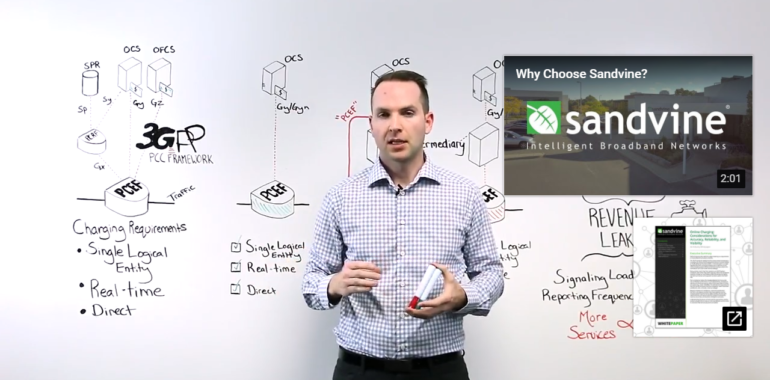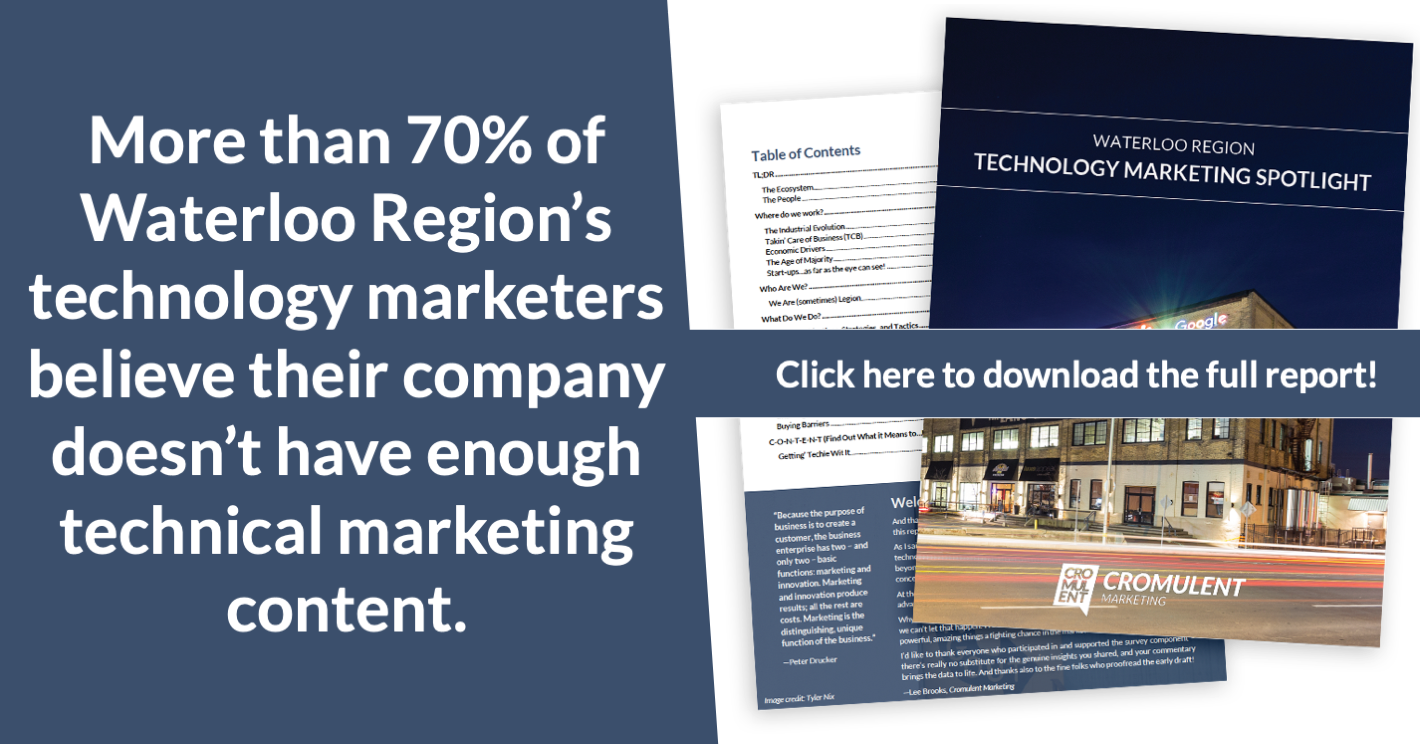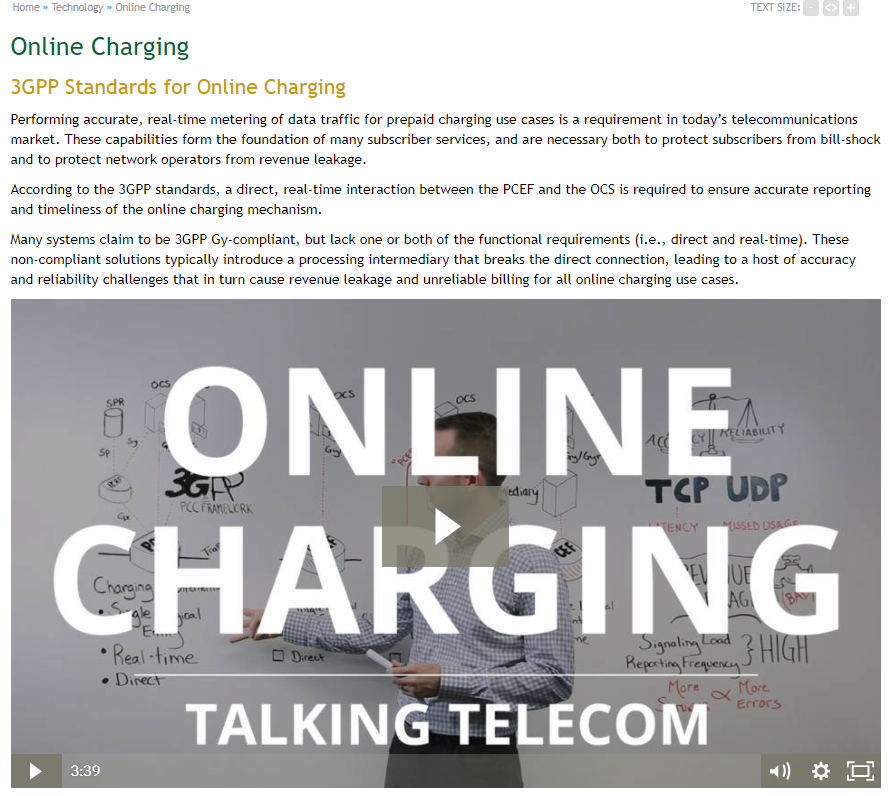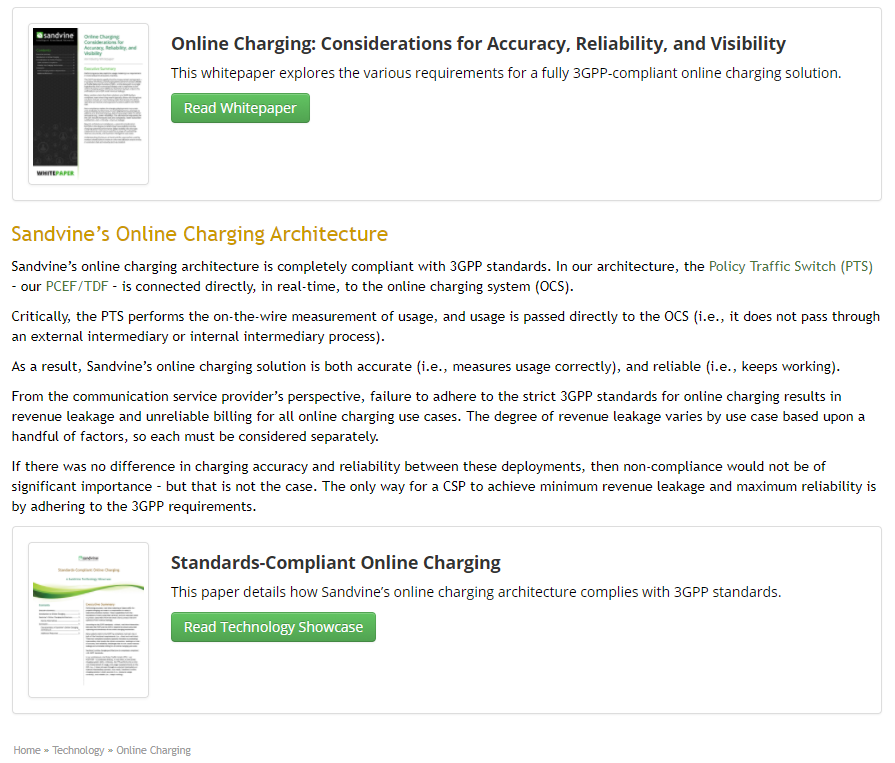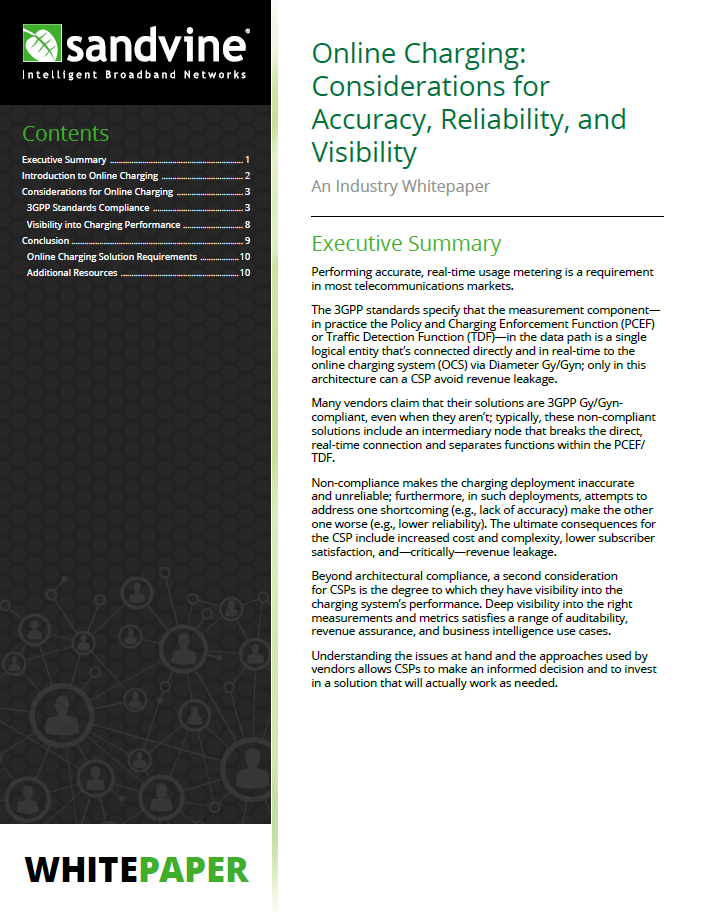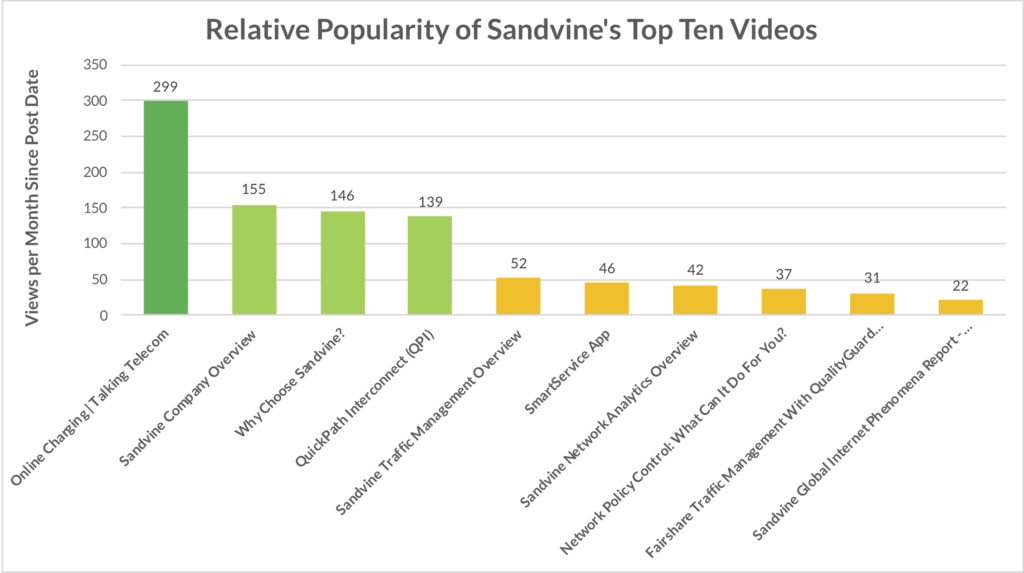Tackling Technical Topics
For many tech companies in general, and especially for those in highly technical fields, establishing your technical differentiation is vitally important. Using an example from my past, I’ll show a model you can use to to tackle technical topics.
Addressing any individual topic is useful, of course; over time, though, addressing many topics arms you and your champions with an unrivalled library of technical marketing content with which to overwhelm the competition (in my last gig, we outranked Wikipedia on a number of industry topics).
Over time, addressing many topics arms you and your champions with an unrivalled library of technical marketing content with which to overwhelm the competition.
TL;DR
I get it, you’re busy – so for those of you short on time, here’s the gist.
As a tech company, you must be understood (or be perceived) by your prospects to have achieved meaningful technical differentiation, specifically relating to your unique ability to solve some market problem. Here’s how you can achieve that result:
- Throughout your material and in conversations, boldly and casually state facts about your differentiation
- Invite and encourage scrutiny by asking questions like “Would you like to know more?”, and linking to other content
- Back up your claims and scale your expertise with content that provides explanations; by doing so, you’ll also be arming your champions with the materials they need to advocate on your behalf
- Tell the story in parts: don’t overwhelm your audience by trying to tell the whole story in one place; use different content and media types together to achieve your overall goals
The Importance of Technical Differentiation
I’ll start by quickly stating that technical differentiation (whether real or perceived, although I prefer to base perception on reality), is important.
Sure, folks like to say that “our people make us different” or “our commitment to our customers is what sets us apart”, but when it comes time to sign the cheque, your customers aren’t doing it because of your culture. Instead, they generally care more about your technology, what it can do to solve their problems, and why they should choose you instead of an alternative.
When it comes time to sign the cheque, your customers aren’t doing it because of your culture. Instead, they generally care more about your technology, what it can do to solve their problems, and why they should choose you instead of an alternative.
Every vendor has people, every vendor is (presumably) committed to keeping customers happy enough to hand over money. Your technology is usually what solves their problems and makes you different from the available alternatives.
But how do you tell the story?
First, state the facts
The first part of establishing your technical differentiation is to state facts. Figure out exactly what words you want to use to describe your ‘thing’, and then use them liberally, boldly, and casually.
If you’ve got the biggest this, or an amazing that, or a unique thing, then say that, in writing and out loud
Presumably, you’ve got a website, and product guides, and maybe some videos; presumably, also, you talk to prospects and customers in meetings, calls, at tradeshows, and so on.
So the first part of establishing your technical differentiation is to state facts. Figure out exactly what words you want to use to describe your ‘thing’, and then use them liberally, boldly, and casually.
For instance, in my old job at Sandvine, we were in the fortunate position of having a “3GPP Compliant Online Charging (Gy) interface”. Never mind what that means, just trust me that it’s important. We had it, which was good. Our competitors didn’t have it, which was really good.
We needed our prospects to understand three things:
- You can’t do what you’re trying to do without it
- We have it
- Our competitors don’t have it
The first two were the most important in our communications, because prospects will get to #3 on their own; once they understand the subject well enough, they’ll question competitors and will be well-prepared to call shenanigans when competitors get shifty and evasive.
Once they understand the subject well enough, prospects will question competitors and will be well-prepared to call shenanigans when competitors get shifty and evasive.
I won’t bore you with the screenshots, but throughout our website, product material, platform specifications, and other content, we made certain to mention (in our feature list, in our use cases, in our success stories, etc.) that we offered a 3GPP Compliant Online Charging (Gy) interface.
OK, statement made. Repeatedly.
Second, invite and encourage scrutiny
With so many shallow claims and surface-level attempts at communication, one way to gain more attention is to go against expectations by actually inviting scrutiny.
Look, everyone’s stating stuff all over the place, so how do you actually get people to pay attention?
Nowadays, with so many shallow claims and surface-level attempts at communication, one way to gain more attention is to go against expectations by actually inviting scrutiny.
It’s sort’ve like provocation-based marketing, because you’re basically shouting: “WE WILL SHOCK YOU WITH OUR WILLINGNESS TO ENDURE – NAY, TO INVITE – SCRUTINY!”
Will everyone take you up on the offer? Of course not. Some folks are lazy. Lots of folks, in fact. But…
- The lazy ones will probably just take your word for it (“Well, if they’re that willing to engage at depth, then it’s probably true.”), which is an OK (but not perfect) outcome
- The skeptics might engage with you out of spite; it’s unlikely they’d just ignore your invitation and then also assume you’re full of crap
- The genuinely interested will engage out of genuine interest
When it comes to inviting scrutiny, you can do so both actively and passively.
Active
In conversation, in video, and in writing, be very clear about your willingness to explain more on this topic. Additionally, you can increase your chances of engagement by creating a safe environment for inquiry; to do so, just casually state that the topic isn’t very well-understood in the industry. It’s like saying “What questions do you have?”, at the end of a meeting, rather than “Do you have any questions?” You’re gonna get a lot more questions with the former approach.
Saying something like the following can be very disarming: “I know lots of vendors make claims like this, so I’d be happy to go through how ours works. The truth is, you can’t achieve your goals without this functionality, and and we really want people to understand how to evaluate potential solutions – and yes, because we believe it’s a differentiator for us.”
Passive
Whenever you mention the topic, include references or crosslinks to more information. For example, whenever we mentioned “3GPP Compliant Online Charging (Gy) interface”, that text served as a link to supporting material.
Third, back up your claims
Importantly, the more material you create, the better your efforts will scale. Once you have some things written down or recorded, you don’t need to have a subject matter expert on every call, or in every meeting, or at every tradeshow.
Because it was important for our business that our customers understand online charging, in general, and our solution, specifically, we had plenty of content that backed up our bold, yet casual, statements of fact.
We were ready to back up, with detailed material, our simple, straightforward statements.
Importantly, the more material you create, the better your efforts will scale. Once you have some things written down or recorded, you don’t need to have a subject matter expert on every call, or in every meeting, or at every tradeshow. This sort of efficient scalability becomes an essential catalyst of company growth.
Moreover, your champions can use this material to advocate for your solution – remember: most of the time your solution is discussed, you won’t be there to argue or to educate on its behalf.
Fourth, tell your story in parts
In our world, the online charging / Gy thing was considered an extremely straightforward topic. Nevertheless, it was still quite complicated by most marketing standards, and telling the whole story at once might overwhelm people.
Instead, we told our story in parts. The diagram below shows one approach for splitting up your story.

At the most basic level, it conveys that “We’re happy and comfortable discussing this topic, because we have nothing to hide.”
Remember up above where I said that we linked to supporting material? It linked to a page that expanded on our statements of fact with an executive summary of the topic and a short video:
Below the fold, we provided links to our whitepaper (which explained the topic in general), and our technology showcase (which explained our differentiated implementation). We very clearly invited scrutiny by making these resources freely available; plus, we gained valuable search ranking relevance.
The video basically quickly states a bunch of facts. By doing so, it’s meant to show our transparency, to provide a bit of an education, and to invite further scrutiny. At the most basic level, it conveys that “We’re happy and comfortable discussing this topic, because we have nothing to hide.”
You’ll notice that I didn’t really go into depth with my explanations in the video, but I invited additional scrutiny.
In fact, the video’s main call to action is to read the whitepaper (see this post’s header image for a still that includes the C2A). Depending on the audience’s opinion, I’m essentially saying:
- “Would you like to know more? Then read this whitepaper!”; or
- “Don’t believe me? Think I’m full of crap? Then read this whitepaper.”
Depending on the audience’s opinion, I’m essentially saying: “Would you like to know more? Then read this whitepaper!”; or “Don’t believe me? Think I’m full of crap? Then read this whitepaper.”
The whitepaper, as I said above, explains the subject in general. Before we could convince prospects of our differentiation, it was crucial that they understood the topic. The whitepaper provides that framework, in the context of what the prospect is actually trying to achieve (i.e., accurate, reliable, and visible online charging).
Before we could convince prospects of our differentiation, it was crucial that they understood the topic. The whitepaper provides that framework.
At the end of the whitepaper, we refer to our technical showcase; this paper explains our implementation, in relation to the framework established in the whitepaper.
Is it always necessary to break the topic up in this manner? Probably not, but we found that doing so made people more receptive (because they could start by reading the non-salesy whitepaper), and it helped keep our documents to a reasonable length (although many still got very long).
Does it work? Does anyone care?
Yes!
The graph below shows the views/month of Sandvine’s top videos, since the date on which each video debuted. This video – Online Charging | Talking Telecom – is performing at almost double the level of any others.
Are video views a pretty crude metric? Sure. But I still think it’s pretty instructive that a technical topic is, by far, garnering more views than anything else.
Are video views a pretty crude metric? Sure. But I still think it’s pretty instructive that a technical topic is, by far, garnering more views than anything else. Clearly our prospects and customers had an appetite for this content.
For what it’s worth, there are two other technical videos in that top-ten list: QuickPath Interconnect (QPI) and Fairshare Traffic Management With QualityGuard. Clearly our prospects and customers had an appetite for this content.
Now, some parting words of advice if you want to tackle technical topics in your marketing: people might not believe that it’s worth it. They’re probably wrong, but they might be right…every situation is different. What you want to be able to do is to make an informed decision.
What you want to be able to do is to make an informed decision. Bring data to the opinion fight, and genuinely evaluate the potential and performance.
Bring data to the opinion fight, and genuinely evaluate the potential and performance: measure how frequently the topic comes up with prospects (maybe it’s a full-on buying barrier), count how many hours of subject matter experts’ time is spent addressing the same questions over and over and over. What a waste!
The major objection you’ll face, other than general doubt about usefulness, is the cost of the effort in terms of person hours. That’s a short-sighted view, and that sort of view will doom your long-term prospects of success.
At the very least, even if the material you create doesn’t generate leads (for what it’s worth: ours often did, but we were in an insanely technical industry), it should both bolster your competitive position by showing that you’re willing to provide evidence of your claims (that part alone separates you from many competitors) and it should free up your subject matter experts to, you know, work on producing stuff.
We got a positive return on investment, in time alone, within the first month of the material being available.
Creating the whitepaper, the tech showcase, and the video took, combined, about 20 hours. We got a positive return on investment, in time alone, within the first month of the material being available. Over the long term, the ROI is immeasurably large: taking a few hours to write stuff down is an extremely efficient way to gain enormous asymmetric (and unpredictable) benefits.
Over the long term, the ROI is immeasurably large: taking a few hours to write stuff down is an extremely efficient way to gain enormous asymmetric (and unpredictable) benefits.
And finally, you don’t know unless you try. It’s much better for your company to put forth an honest effort to investigate the potential than to wrongly jump to a damaging conclusion that causes you to miss out on a significant opportunity to increase your differentiation.

